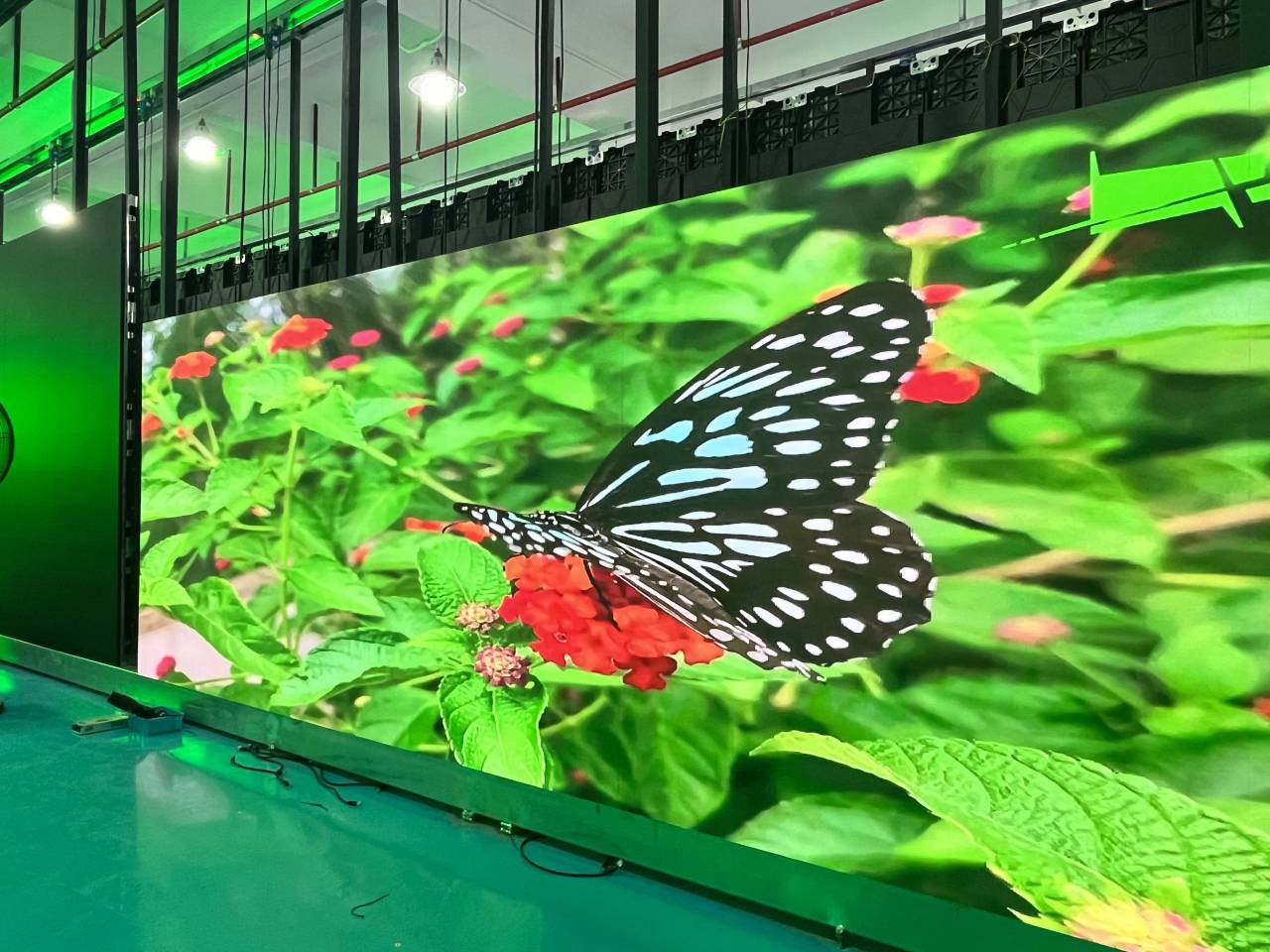Exploring the Longevity of Light Emitting Diode Wall Panels in Contrast to Traditional Screen Technologies
Exploring the Longevity of Light Emitting Diode Wall Panels in Contrast to Traditional Screen Technologies
Blog Article
LED wall screens have grown increasingly popular in current times, especially in settings like educational institutions, corporate spaces, and community spaces. These screens use LED diodes (LEDs) to produce vivid and vibrant images. One of the most significant benefits of LED innovation is its durability compared to traditional screen methods, such as CRT ray tubes (CRTs) and liquid crystal displays. Understanding the distinctions in duration and performance between these options can help consumers make knowledgeable decisions about their display requirements.
Classic screen methods, like CRTs, have been around for many decades. They were commonly used in TVs and computer monitors. However, CRTs have a limited lifespan, typically lasting approximately 10,000 to 20,000 hours of use. This means that after a couple years, users may notice a deterioration in picture clarity, such as fading or hue deformation. In contrast, LED panel screens can last significantly longer, frequently exceeding 50,000 hrs. This extended duration means that consumers can enjoy reliable functionality without the need for frequent substitutions.
Another important aspect to consider is power conservation. LED wall screens utilize less power than traditional screens, which not only benefits the environment but also lowers power costs. For example, while a CRT screen may consume around 100 watts of energy, an LED screen can use as little as 30 to 50 W. This discrepancy in energy consumption adds to the total longevity of LED technology, as reduced power consumption generates less heat. Excess thermal energy can harm electronic components, resulting to a reduced lifespan for traditional screens.
In furthermore to their longer duration and power efficiency, LED wall screens also offer superior visual clarity. They provide brighter hues and improved contrast, making them ideal for various uses, from marketing to educational displays. The technology behind LED panels enables for a broader sight angle, meaning that images stay sharp and lively even when viewed from the side. This is a major benefit over traditional displays, which frequently experience from hue distortion and diminished luminosity at broader angles.
In conclusion, the longevity of LED panel screens in great post to read contrast to traditional display technologies is a key aspect for buyers to consider. With durations that can surpass 50,000 hours, energy efficiency, and superior visual clarity, LED innovation provides many benefits. As technology continues to advance, LED wall screens are probably to turn even more common in various settings. Grasping these distinctions can help individuals and organizations make improved decisions when purchasing in display innovation, guaranteeing they get the optimal worth for their requirements.